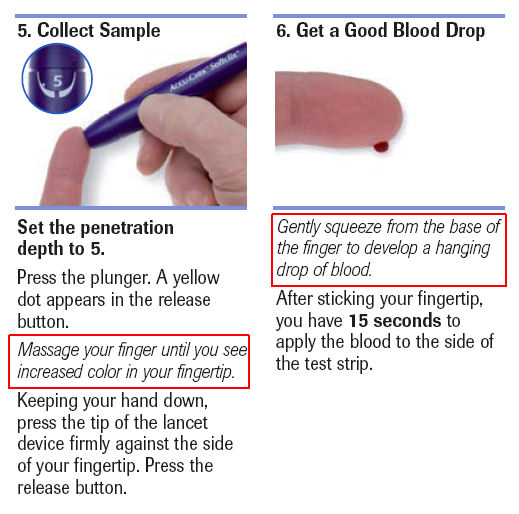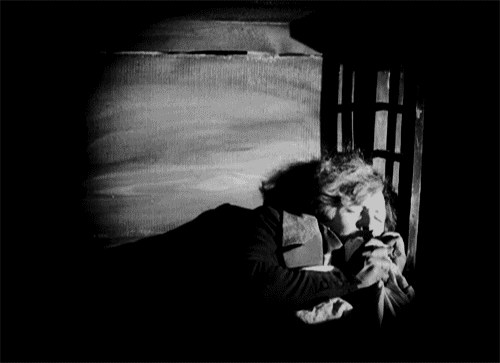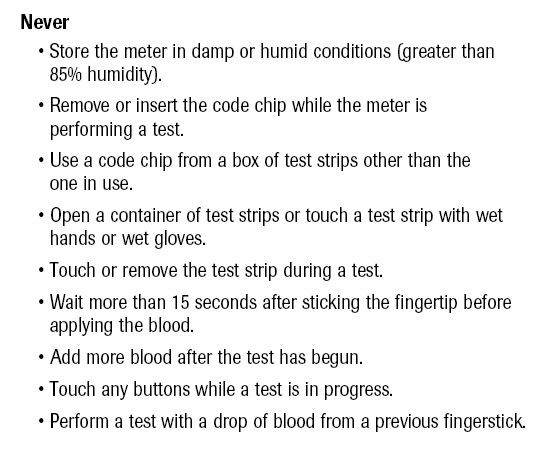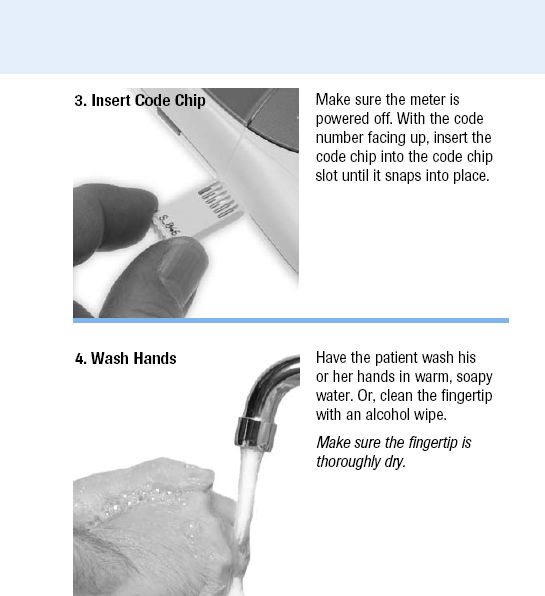pellicle
Professional Dingbat, Guru and Merkintologist
Hi
well I thought I'd put this together to (perhaps) help others here who may struggle with getting enough blood for their INR tests. Since today is Saturday (and thats my regular weekly testing time) I thought I'd set up my camera and show how I do it with my rubber band tourniquet / pressure bandage type technique.
I've moved on from the dental floss as the rubber band allows me to get a much more even pressure and better yet, when I just release it it unwinds for me.
note: wind the band down the finger not just around the point you started. I realise I didn't make that point clearly in the video. 3 or 4 turns is all thats needed and with respect to pressure: you don't need to work on cutting your finger off, just trapping the blood for a short time.
So, without further adieu ... the video
[ link ]
So even with stage fright (I dislike being in front of the camera and panic that I'd make a mistake [didn't want to do another take]) causing some vaso-constriction I still got a good sample this chilly early Finland spring day.
Basically no milking needed, often just a bend of the finger will have a blood drop form and be a "full hanging drop".
As you see it all happens quickly.
To recap on a previous post you should aim to:
* get more than enough sample (to avoid Error 5 and wasting a strip)
* do everything consistently
* follow the 15 second rule (and preferably keep time between beep and application of blood consistent too)
Using the approach my incidence of variance between the lab and my tests were consistently down to INR within 0.1
I found that getting the blood samples was harder in winter than in summer and (interestingly) harder when I was anxious about getting enough blood (probably vaso-constriction). Annoyingly the prick would often bleed more after I'd got my drop (or the error 5 as the case may be).
My method now is 100% at getting a good blood sample with minimal interference and in short order; I haven't wasted a strip in ages.
1) when the machine goes beep I wind on a rubber band (square section about 5 inches in diameter) starting at the first joint out from the knuckle and working towards the fingertip. I do not apply massive strech to the rubber-band but it is not loose either. You will soon see blood gathering in the fingertip. (you can practice this without lancing too)
2) when I lance I prick the side of the finger (and so far I have been reusing my lancelets for at least 3 months)
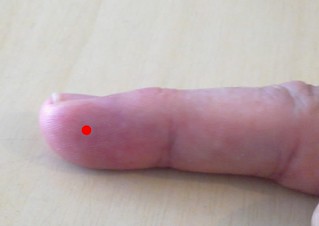
There are a few reasons for the side:
- ask a diabetic, over time pricking the same place you damage the nerves, doing the side minimises the effect of that
- it hurts less
- the skin is thinner and so the lance does not need to be as deep
- if you need to do work later it won't be as annoying there
3) a gentle squeeze of the finger (often bending it even is enough) with the rubber band still in place gets the blood out in a matter of one or two seconds.
Lastly I notice that the latest PDF version of the userguide from Roche now is less cautious about "milking" the finger than my printed copy was. Further it has now included instructions on obtaining vein blood and using the coaguchek. So clearly their testing has revealed that the meter is less sensitive to the tissue factors that lay under the skin that some users have commented make a big difference. It seems they do not with the Coaguchek.
I do this every Saturday morning (you can pick your time) and then I write it up in my spreadsheet in a Dropbox folder (so its backed up off site, Google docs is another good spot). The whole thing takes 10 minutes from reaching for the Coaguchek and my coffee doesn't even go cold.
Hope that Helps
Best Wishes and have a good weekend

well I thought I'd put this together to (perhaps) help others here who may struggle with getting enough blood for their INR tests. Since today is Saturday (and thats my regular weekly testing time) I thought I'd set up my camera and show how I do it with my rubber band tourniquet / pressure bandage type technique.
I've moved on from the dental floss as the rubber band allows me to get a much more even pressure and better yet, when I just release it it unwinds for me.
note: wind the band down the finger not just around the point you started. I realise I didn't make that point clearly in the video. 3 or 4 turns is all thats needed and with respect to pressure: you don't need to work on cutting your finger off, just trapping the blood for a short time.
So, without further adieu ... the video
[ link ]
So even with stage fright (I dislike being in front of the camera and panic that I'd make a mistake [didn't want to do another take]) causing some vaso-constriction I still got a good sample this chilly early Finland spring day.
Basically no milking needed, often just a bend of the finger will have a blood drop form and be a "full hanging drop".
As you see it all happens quickly.
To recap on a previous post you should aim to:
* get more than enough sample (to avoid Error 5 and wasting a strip)
* do everything consistently
* follow the 15 second rule (and preferably keep time between beep and application of blood consistent too)
Using the approach my incidence of variance between the lab and my tests were consistently down to INR within 0.1
I found that getting the blood samples was harder in winter than in summer and (interestingly) harder when I was anxious about getting enough blood (probably vaso-constriction). Annoyingly the prick would often bleed more after I'd got my drop (or the error 5 as the case may be).
My method now is 100% at getting a good blood sample with minimal interference and in short order; I haven't wasted a strip in ages.
1) when the machine goes beep I wind on a rubber band (square section about 5 inches in diameter) starting at the first joint out from the knuckle and working towards the fingertip. I do not apply massive strech to the rubber-band but it is not loose either. You will soon see blood gathering in the fingertip. (you can practice this without lancing too)
2) when I lance I prick the side of the finger (and so far I have been reusing my lancelets for at least 3 months)

There are a few reasons for the side:
- ask a diabetic, over time pricking the same place you damage the nerves, doing the side minimises the effect of that
- it hurts less
- the skin is thinner and so the lance does not need to be as deep
- if you need to do work later it won't be as annoying there
3) a gentle squeeze of the finger (often bending it even is enough) with the rubber band still in place gets the blood out in a matter of one or two seconds.
Lastly I notice that the latest PDF version of the userguide from Roche now is less cautious about "milking" the finger than my printed copy was. Further it has now included instructions on obtaining vein blood and using the coaguchek. So clearly their testing has revealed that the meter is less sensitive to the tissue factors that lay under the skin that some users have commented make a big difference. It seems they do not with the Coaguchek.
I do this every Saturday morning (you can pick your time) and then I write it up in my spreadsheet in a Dropbox folder (so its backed up off site, Google docs is another good spot). The whole thing takes 10 minutes from reaching for the Coaguchek and my coffee doesn't even go cold.
Hope that Helps
Best Wishes and have a good weekend

























